New under-the-radar administration policies would alter public land management, and this has major implications for hunting and fishing
Efforts to dispose of public lands may grab headlines, but a subtle shift in the management of public lands could present an even greater risk to the future of hunting and fishing. With the spotlight shining brightly on recent proposals to sell off our public lands, the White House and the Department of the Interior quietly set policies in motion last month that have the potential to change the way our public lands are managed.
In tandem, Executive Order 13873 and Secretarial Order 3349 would initiate a few specific processes that could change the way public lands wildlife habitat is valued and managed, especially when it’s at odds with energy development. All Americans—including sportsmen—depend on energy resources, but we want to see development carried out in a balanced way, not at the expense of fish and wildlife habitat or our best hunting and fishing areas.
There are absolutely ways to ensure all of the above, but these orders have the potential to put at risk the critical balancing act carried out by the BLM and other federal agencies. Here’s how.
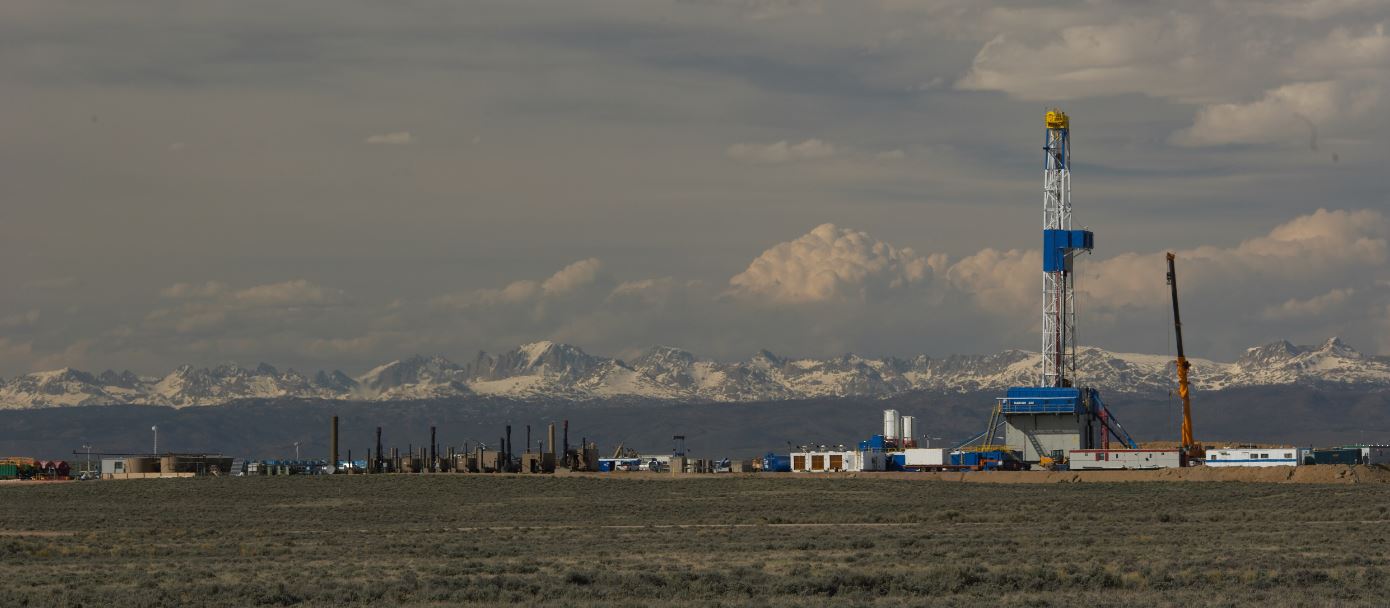
Diluting Pro-Habitat Policies
Mitigation has long been used to accommodate development in ways that avoid or minimize impacts on important resources like wildlife habitat, and then compensate for unavoidable impacts. Mitigation has been used to avoid or minimize the fragmentation of mule deer winter range from energy development, for example. In some cases, if habitat suffers while accommodating energy development, funds from resource extraction are then put back into conservation of habitat, there or elsewhere.
These executive and secretarial orders eliminated the existing department-wide policy for mitigating impacts to wildlife from development on public lands. They also set a process for evaluating, replacing, or eliminating agency actions taken to implement mitigation. Without good mitigation policies, assurances for fish and wildlife get thrown out the window and accountability for maintaining habitat becomes an afterthought, rather than a requirement.
Energy development should be balanced & not at the expense of fish & wildlife habitat... Click To TweetVaguely Referencing ‘Burdens’
Second, these two orders establish a process for all federal agencies—including the BLM—to review all existing policies to identify potential “burdens” on energy development. The agencies have been ordered to make recommendations for changing or rescinding policies to remove those burdens, though what exactly constitutes a burden is subject to interpretation. Could it be that managing world-class big-game habitat or outstanding wild-trout streams are perceived as a burden to an energy developer? And, if so, would balanced land management as we know it be altered so that developers can do as they please without being ‘burdened’? Only time will tell.
Reviewing policies in an attempt to eliminate unnecessary regulations and increase efficiencies is one thing, but sportsmen and women will not support actions that undo the fish and wildlife conservation achievements our community has worked for decades to achieve. We are hopeful that a balance can be found.
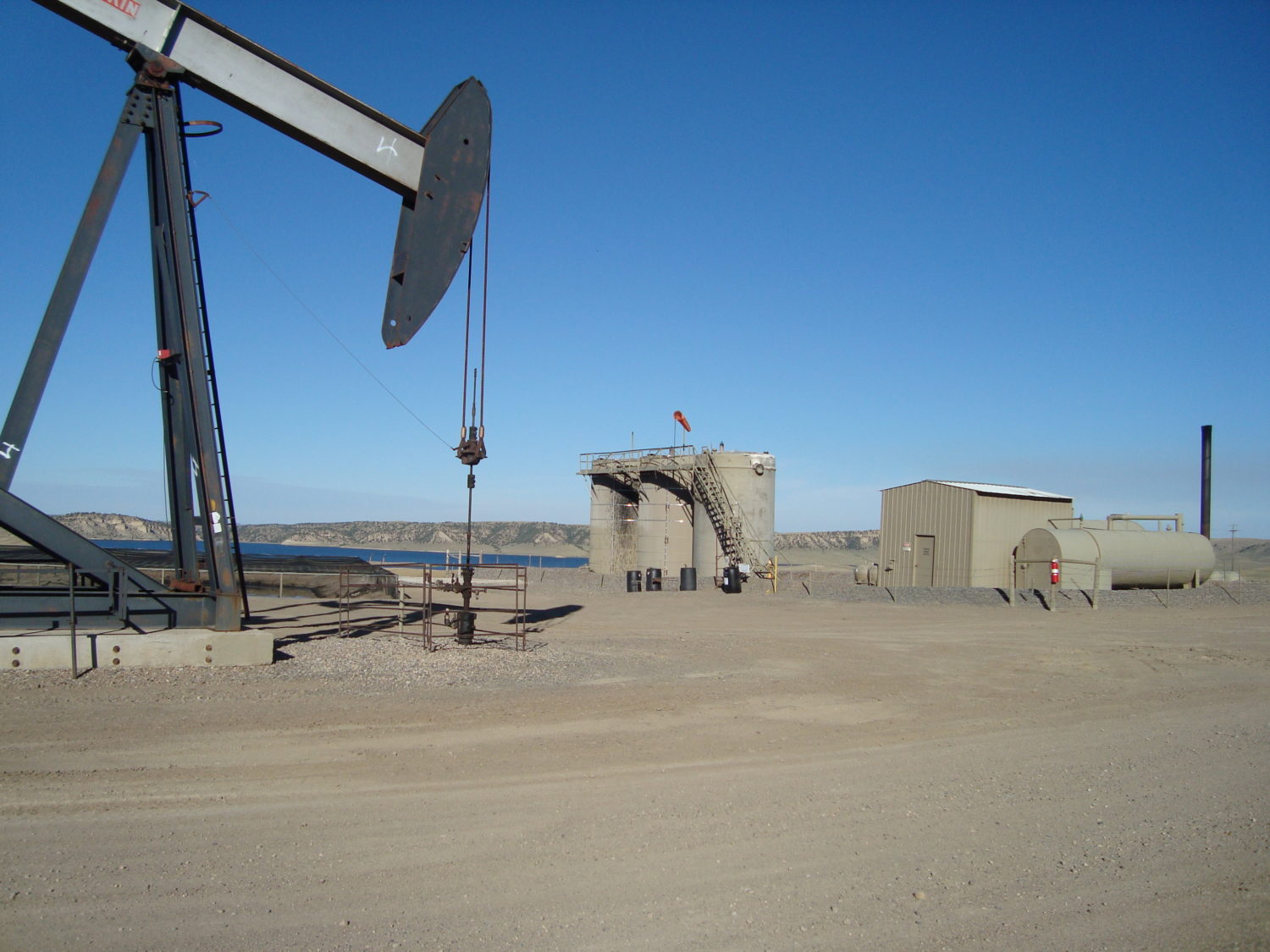
Keeping Public Lands Public is Not Enough
At TRCP, we’re on the front lines to sound the alarm on sweeping threats to public lands, like H.R. 621 and other legislative attacks. But it’s not enough to keep public lands in public hands if wildlife habitat and outdoor recreation do not rank with energy development or other uses of the land. Executive Order 13873 and Secretarial Order 3349 were introduced with little fanfare, and with so much of the sportsmen’s community focused only on the most outrageous and obvious public land issues, low-profile actions like these are more likely to fly under the radar and become foundational policies.
Don’t let that happen. Not every threat will come with a catchy hashtag or fit nicely on a bumper sticker, but your voice will be just as critical in the fight against these subtle policy moves. And TRCP will be there to let sportsmen and women know when there’s a chance to take action.

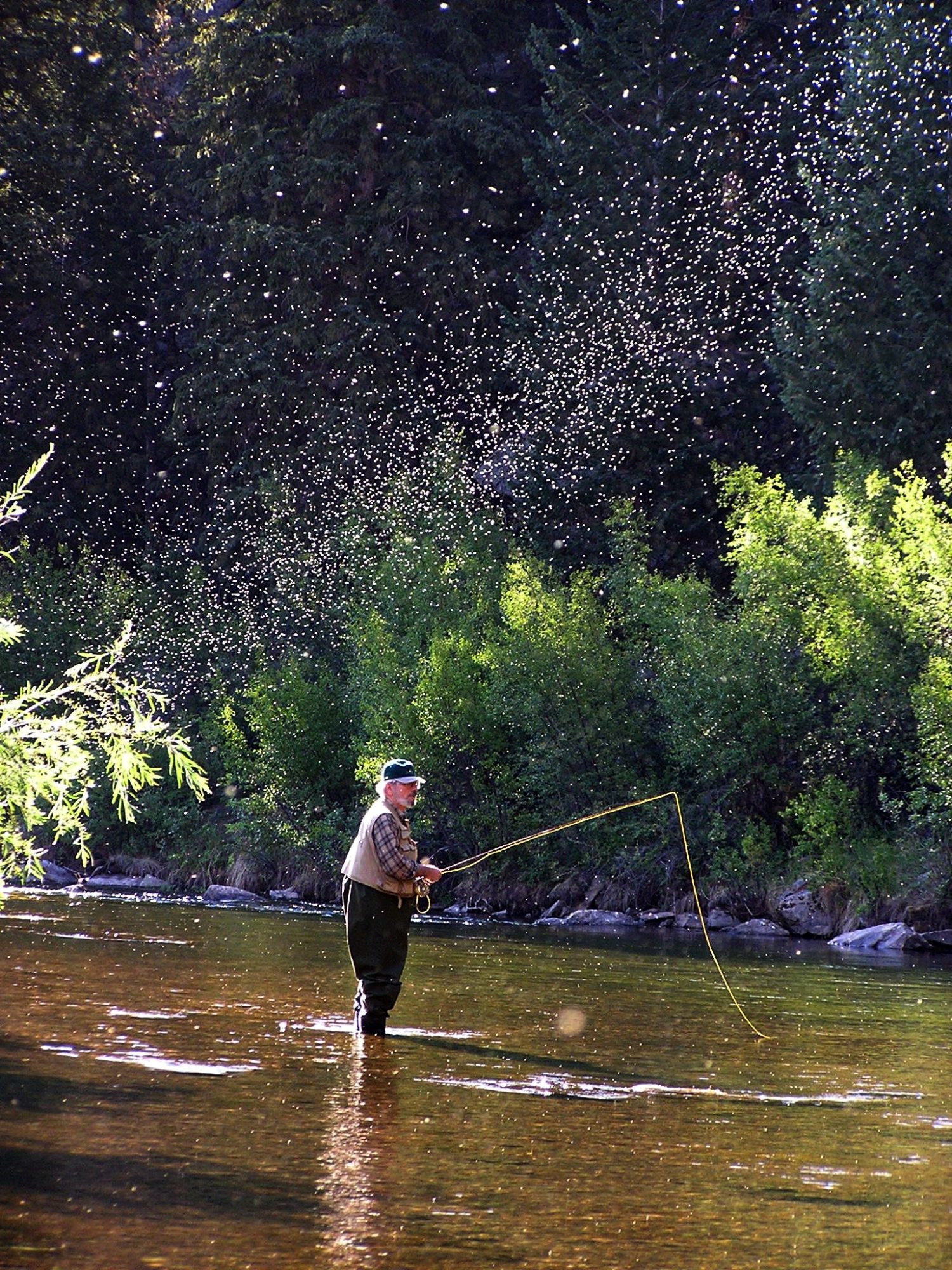
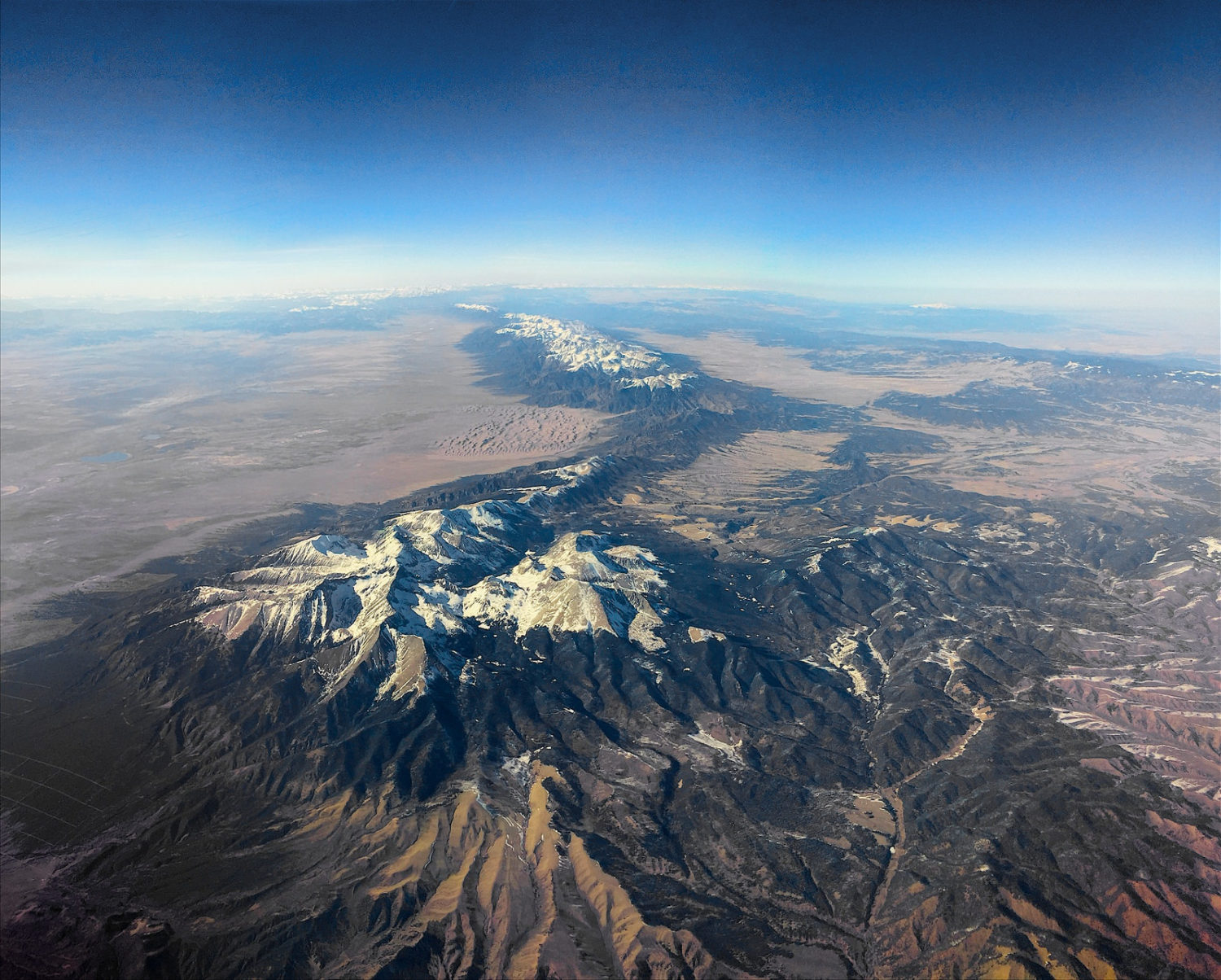
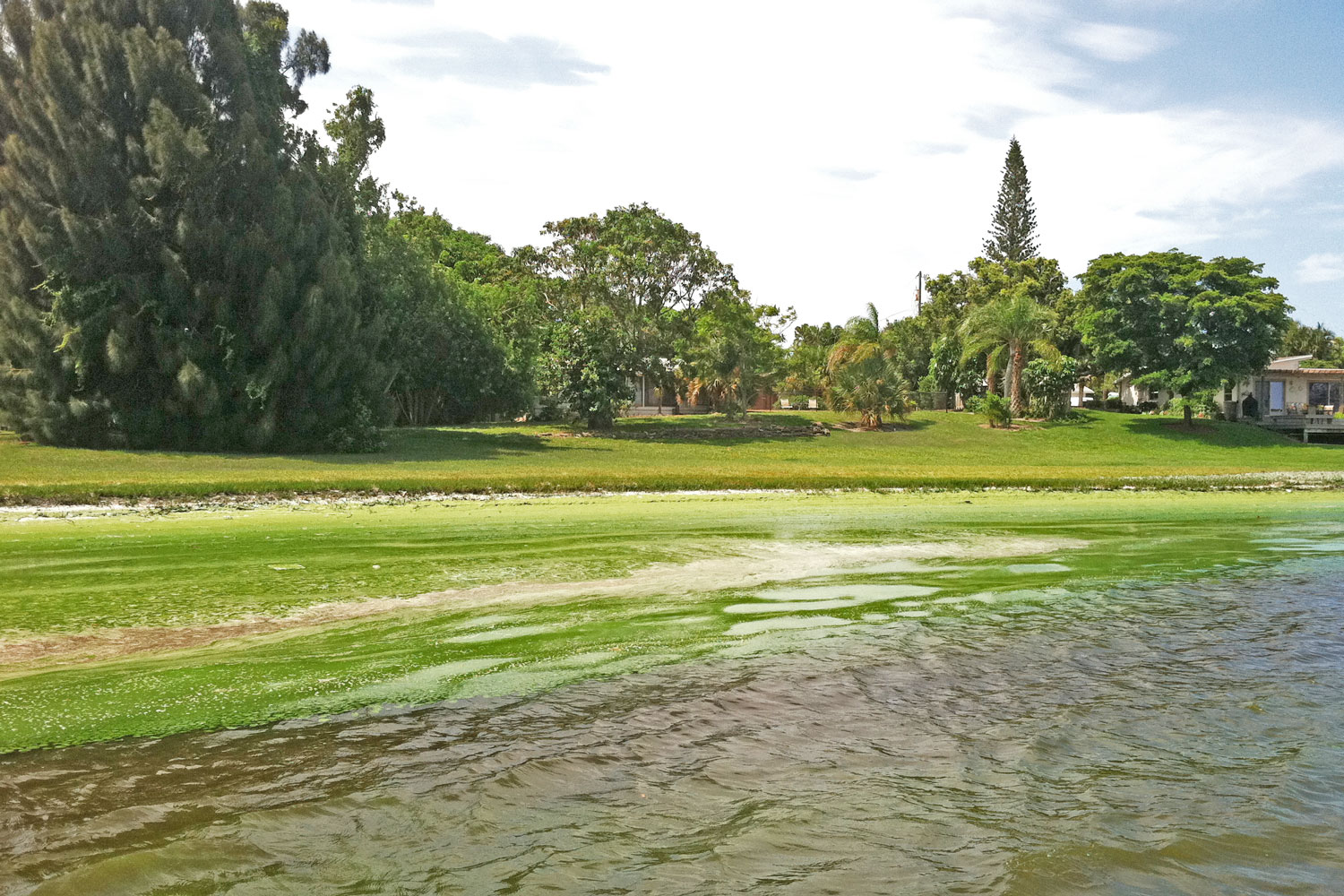
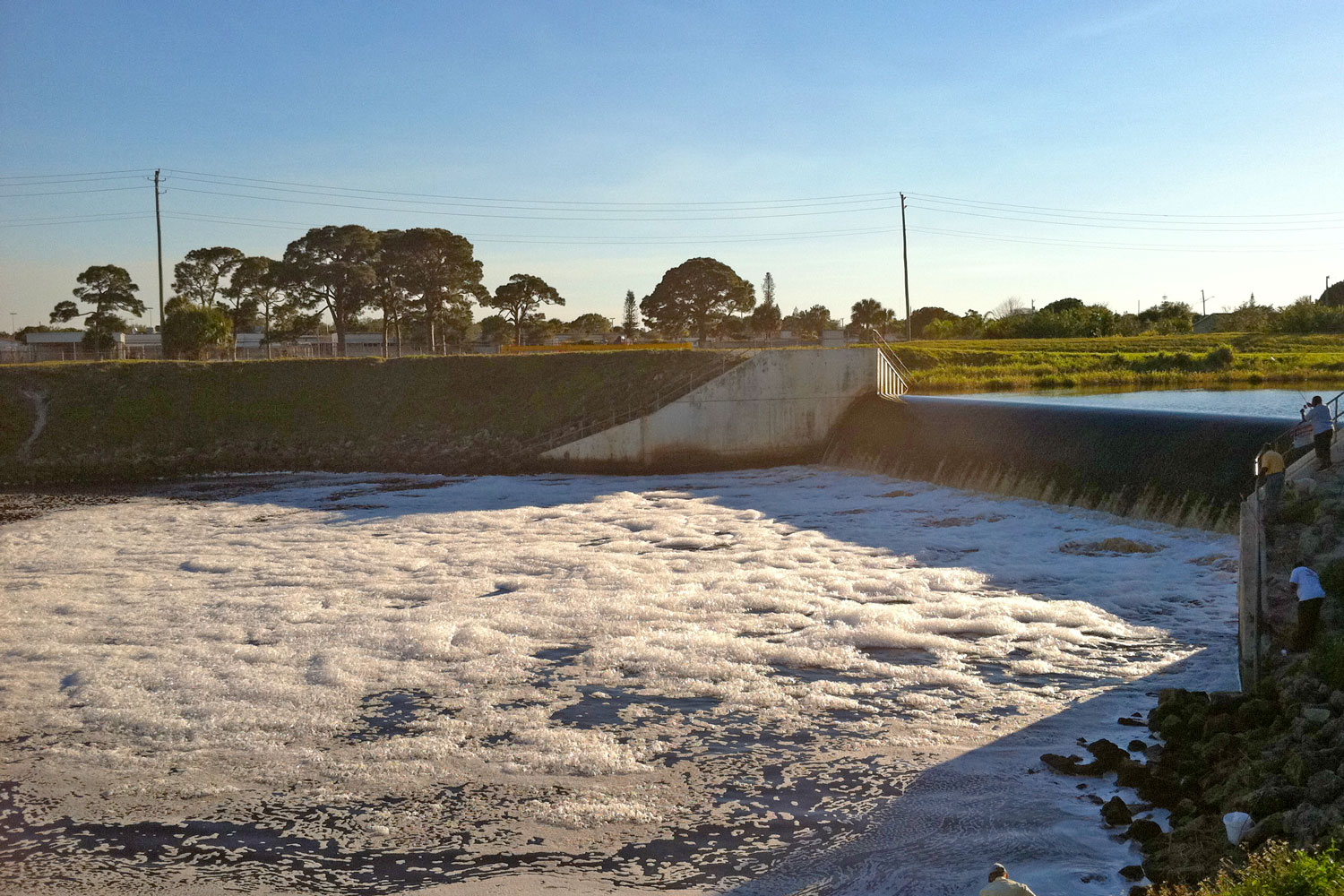
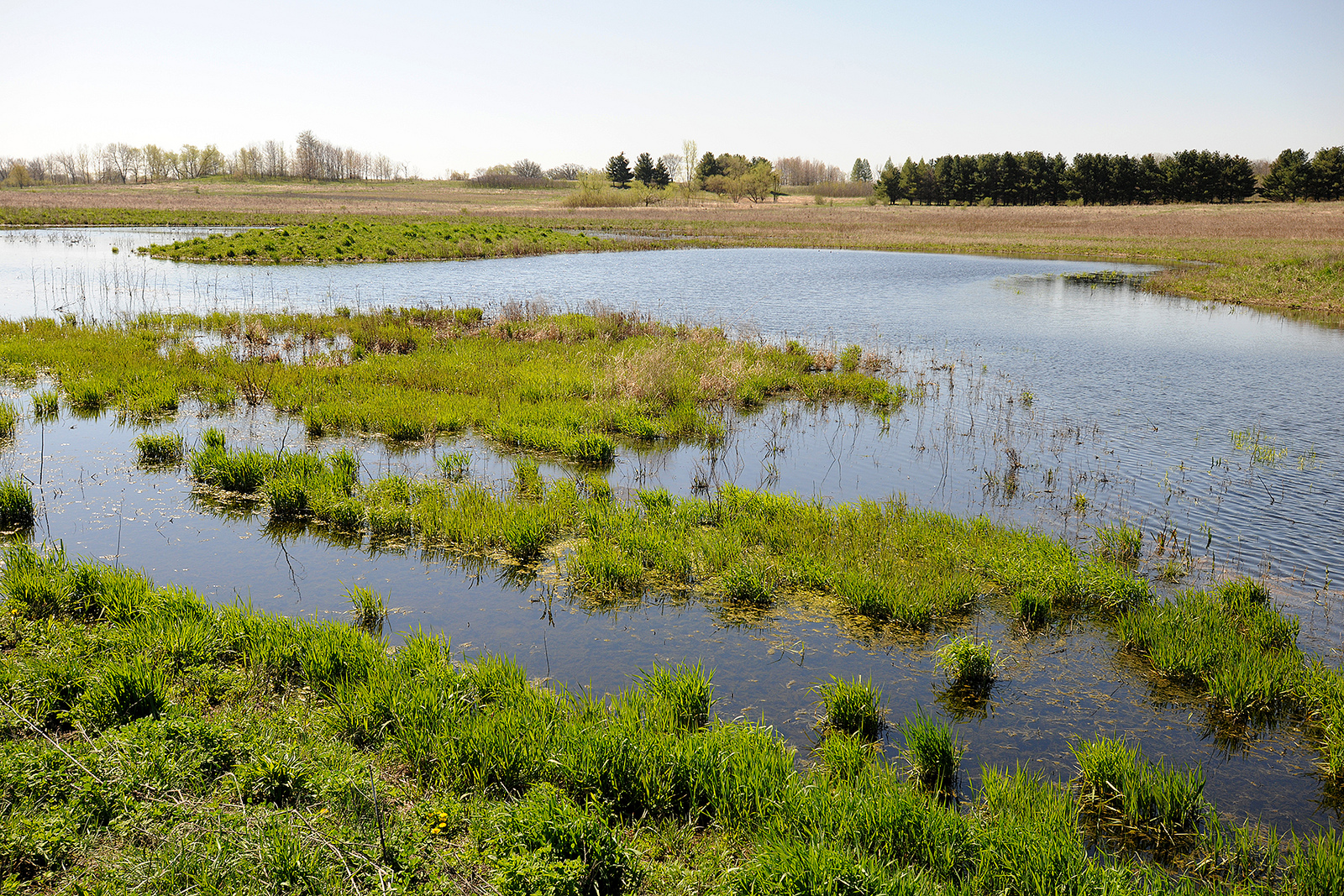
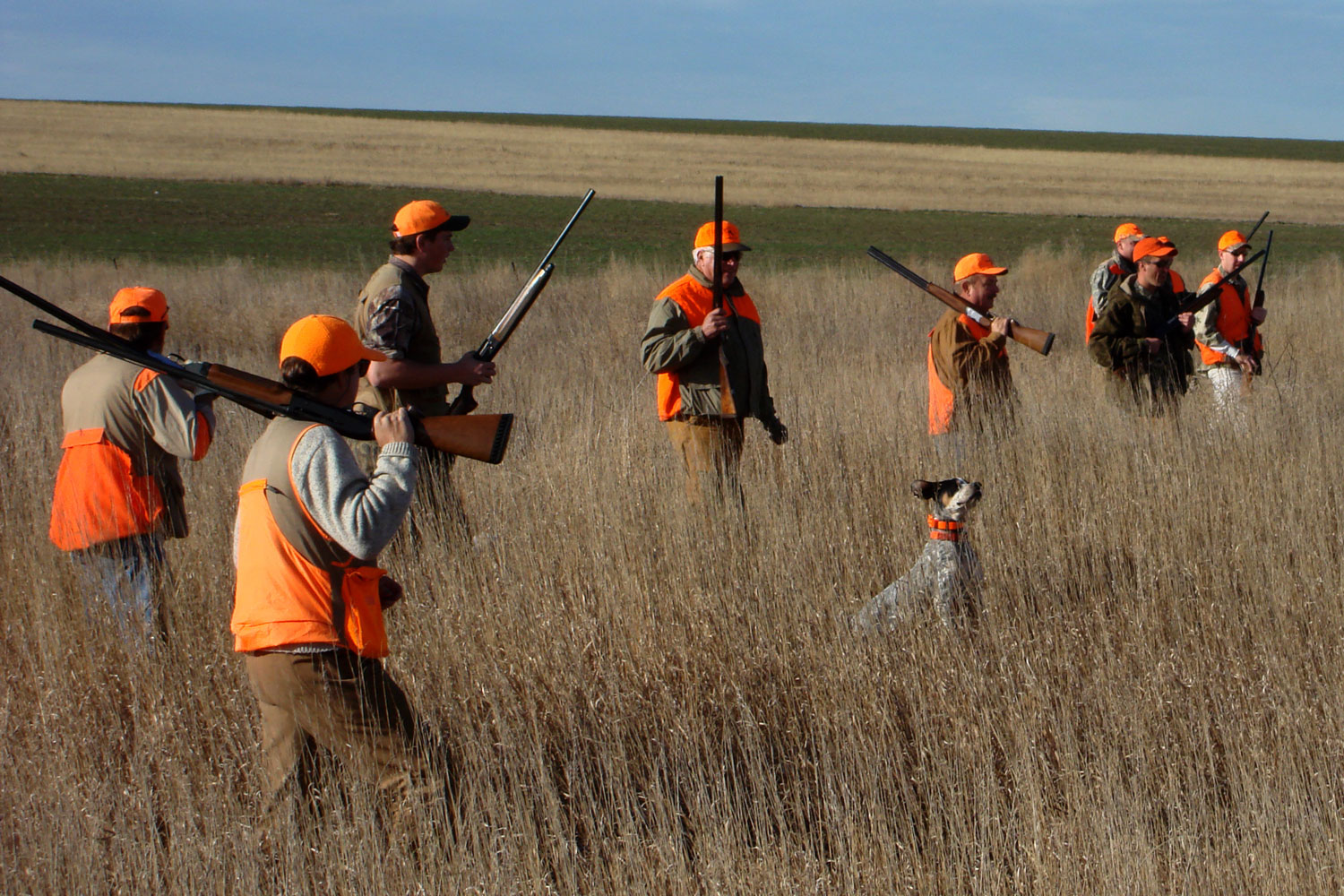
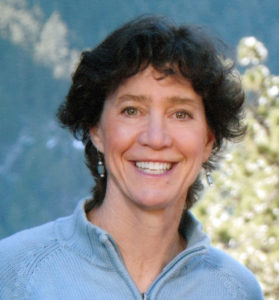 Kassen steps up as interim director of the water center after serving as a consultant to the TRCP. She will work from Boulder, Colorado, also the base of operations for her legal and policy consulting firm Waterjamin, which she founded in 2010. Previously, Kassen directed Trout Unlimited’s Western Water Project, working with landowners, communities, and government agencies to protect and improve stream flows in six Western states. She has also lectured at University of Denver’s College of Law and served as environmental counsel to the House Armed Services Committee. Kassen is an Ohio native, a graduate of Dartmouth College and Stanford Law School, and an avid outdoorswoman.
Kassen steps up as interim director of the water center after serving as a consultant to the TRCP. She will work from Boulder, Colorado, also the base of operations for her legal and policy consulting firm Waterjamin, which she founded in 2010. Previously, Kassen directed Trout Unlimited’s Western Water Project, working with landowners, communities, and government agencies to protect and improve stream flows in six Western states. She has also lectured at University of Denver’s College of Law and served as environmental counsel to the House Armed Services Committee. Kassen is an Ohio native, a graduate of Dartmouth College and Stanford Law School, and an avid outdoorswoman. Jensen will support Kassen in boosting the TRCP’s policy efforts at a critical time for water quality and fish habitat. Previously, she worked in the Secretary of the Interior’s office, where she contributed to outreach strategy about department and policy announcements. She coordinated with many stakeholders, including the White House, Governors’ offices, local and county elected officials, key staff across federal environmental agencies, and many of the
Jensen will support Kassen in boosting the TRCP’s policy efforts at a critical time for water quality and fish habitat. Previously, she worked in the Secretary of the Interior’s office, where she contributed to outreach strategy about department and policy announcements. She coordinated with many stakeholders, including the White House, Governors’ offices, local and county elected officials, key staff across federal environmental agencies, and many of the 



This is a good example of stuff we have to keep track of, so that these policies can be reversed and rolled back in a more favorable political environment.
Public lands are for ALL the American people, not just for extractive industries to make a quick buck at our expense. Energy development must be balanced to ensure the land is properly taken care of for wildlife, hydrology and to prevent/minimize erosion. The same goes for the livestock industry and off-road enthusiasts. Weakening rules designed to protect America’s natural resources is a most decidedly un-American thing to do and we will fight the administration tooth and nail to ensure our shared resources and bounty are protected for future generations.
It is important to note that the policies being targeted by the new Secretarial Order to protect fish and wildlife habitats and populations from the adverse consequences of energy development were developed over many years with critical input by hunters and anglers – as well as other public land users – throughout the western states. Much time and careful effort by BLM personnel in consultation with many public land users were devoted to developing and implementing policies that carefully balance energy development with the protection of fish and wildlife habitat, as well as air and water quality. To rescind these policies to blindly favor one user of our public lands – the energy industry – over all others will undercut years of effort by TRCP and other organizations to assure that oil, gas, and coal development don’t ruin the best angling and hunting opportunities our great nation has to offer.
To help save public lands for public uses, including angling and hunting, it’s time to change our energy system to one of sustainable energy and end the destructive extraction based, carbon based energy we currently rely on. Climate change is real, and it’s time to own up to it. It will decimate our precious lands and resources unless we act now. Our kids and grandkids won’t have what we have enjoyed.
It is because these lands are used and appreciated by persons of all political leanings. Taking these wonderful assets from the citizens of this country will very probably not be received very well by the American public. Doing so could very well be the death of the Republican Party!
I fully understand the need for affordable and abundant energy. I also understand that our Public Lands must be managed in a way to care for the need to produce energy and other profitable resources, but it is a priority that the nature of the wildlands, forests and wildlife be cared for, for the use and pleasure of the People of this Great Nation.
Sound the alarm on sweeping threats to public lands, like H.R. 621 and other legislative attacks. But it’s not enough to keep public lands in public hands if wildlife habitat and outdoor recreation do not rank with energy development or other uses of the land. Executive Order 13873 and Secretarial Order 3349 were introduced with little fanfare, and with so much of the sportsmen’s community focused only on the most outrageous and obvious public land issues, low-profile actions like these are more likely to fly under the radar and become foundational policies.
Always keep watch of what both hands are doing. While one hand is busy distracting you, the other is always up to no good.
While there are too many layers of administrative assistants in the White House, the president’s own sons, Eric and Don Jr., can be reached much easier. And both have their dad’s ear. Write to them at: Trump Tower, 725 5th Ave, 55th Floor, New York, NY 10022.
I wrote Eric on the following two matters, with my recommendations:
Energy Development: Drill, drill, drill! But, do it from one small pad (5-20 acres near an existing road) and directional drill from there. No more road-building in critical habitat. No more dotting the landscape with drill pads. The technology is there; directional drill numerous wells from one, small footprint near an existing road.
Mining: No mining operations within at least 1 mile of a creek, stream, or river. No more mountaintop removal mines. And, no chemical operations near waterways. All chemicals treatment, separating, leaching, etc., to take place at a remote site with very, very low percolation rates. Then, all the tailings go back into the tunnels. Period. Just like we outdoorsmen and women who practice the “Leave no trace” method of utilizing our public lands, so should industry.
Write them soon, and often!
I didn’t realize that mitigation policies have been diluted over the years. It doesn’t seem fair that the companies looking to expand energy development at the expense of the local environment and wildlife probably have plenty of people willing to help make that happen, while the can’t fight back on its own. I’m glad that people like the TRCP and environmental law attorneys are able to fight on its behalf.